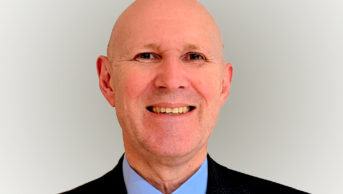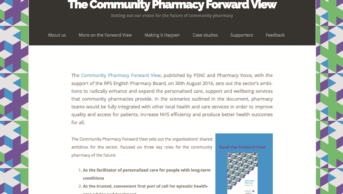
NPA
Government cuts to community pharmacy funding could significantly add to the winter pressures facing the NHS, according to a survey carried out by the National Pharmacy Association, a trade association for independent community pharmacies in the UK.
Of 250 independent pharmacies questioned, 76% said they could be forced to reduce services before April 2017 resulting from cash flow difficulties, while 54% respondents said they would probably have to reduce their opening hours.
Other hits include 86% of respondents said they may face to limiting or removing ‘free’ services, such as home delivery of medicines to housebound patients.
The NPA has calculated that the two-year funding package for community pharmacy — which includes a £113 million reduction in funding in 2016–2017 — means funding for pharmacists will fall by an average of 12% from December 2016 to March 2017.
Most of those responding to the survey said they would be putting planned investment in service development (93%), premises (94%), and staff development (93%) on hold, and 86% said they would be likely to cut staff. Some 77% of respondents said they would need to become more retail focused.
The survey results, which were published on 2 November 2016, come as a health select committee report concluded that underfunding of adult social care is increasing the strain on A&E departments and hospitals that have no spare capacity to deal with the winter spike in demand.
Ian Strachan, chair of the NPA, says cash flow difficulties facing pharmacies in the coming months are bound to add to the pressure on other parts of the health service. “The cuts will begin to take effect just as pharmacies are entering the busiest period of the year, as well as this being the busiest period of the year for other parts of the health service.
“The immediate concern is for service levels over the crucial winter period when demand is at its highest.”


